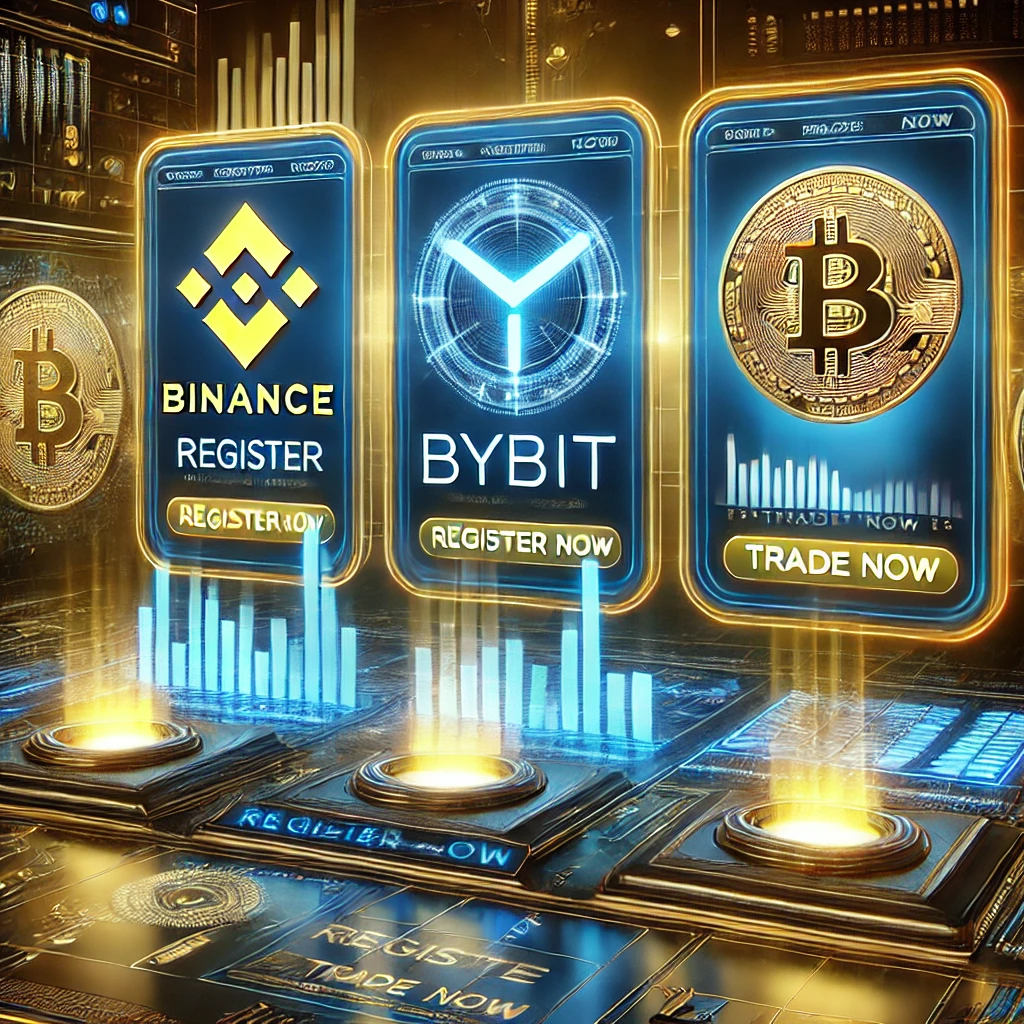Introduction
Non-Fungible Tokens (NFTs) have taken the digital world by storm, transforming how we perceive ownership and value in the digital space. Unlike cryptocurrencies such as Bitcoin or Ethereum, which are fungible and can be exchanged on a one-to-one basis, NFTs are unique and cannot be exchanged equivalently. This uniqueness gives NFTs their value, but several factors contribute to determining the price and demand for a specific NFT. This article explores why NFTs have value and the key factors that influence their worth.
What Makes NFTs Valuable?
1. Scarcity
One of the primary reasons NFTs hold value is their scarcity. Creators can limit the number of copies or editions of a particular digital asset, making it rare. For example, a digital artwork may be released as a limited edition NFT with only a few copies available. The concept of scarcity drives demand, as collectors and investors often seek unique items.
2. Ownership and Provenance
NFTs provide a clear record of ownership and provenance on the blockchain, allowing buyers to verify the authenticity and history of an asset. This transparency enhances the value of an NFT, as buyers are assured that they are purchasing a genuine piece. The ability to trace ownership back to the original creator adds a layer of trust and credibility, making the NFT more appealing.
3. Utility and Functionality
Some NFTs offer additional utility beyond ownership. For example, certain NFTs can grant access to exclusive content, virtual experiences, or even governance rights in a decentralized project. The added functionality can significantly enhance an NFT’s value, as buyers may see it as an investment with multiple benefits.
4. Cultural Significance
NFTs that capture significant cultural moments or trends tend to have higher value. Digital artworks, music, and collectibles associated with popular figures or events can attract buyers willing to pay a premium. The cultural relevance of an NFT can drive demand and, subsequently, its price.
5. Community and Social Proof
The community surrounding an NFT can play a crucial role in its value. Projects with strong communities often see increased demand for their NFTs, as members are more likely to support and promote their work. Additionally, social proof, such as celebrity endorsements or influential collectors owning specific NFTs, can drive up the perceived value.
6. Market Trends and Speculation
Like any asset, the value of NFTs can be influenced by market trends and speculation. The NFT market is still relatively young and can be volatile. Prices may fluctuate dramatically based on demand, trends, and the overall sentiment within the crypto and art communities.
7. Artist Reputation
The reputation of the creator also significantly impacts an NFT’s value. Well-known artists or creators with a track record of successful works may command higher prices for their NFTs. Buyers often feel more confident investing in works from established names, knowing that their investment may retain or increase in value over time.
Conclusion
NFTs have emerged as a new frontier in digital ownership, combining art, technology, and community. Their value is influenced by various factors, including scarcity, ownership, utility, cultural significance, community engagement, market trends, and creator reputation. Understanding these elements can help collectors and investors navigate the NFT landscape and make informed decisions.
As the NFT market continues to evolve, staying informed about these factors will be crucial for anyone looking to participate in this exciting and dynamic space.


Leave a Reply